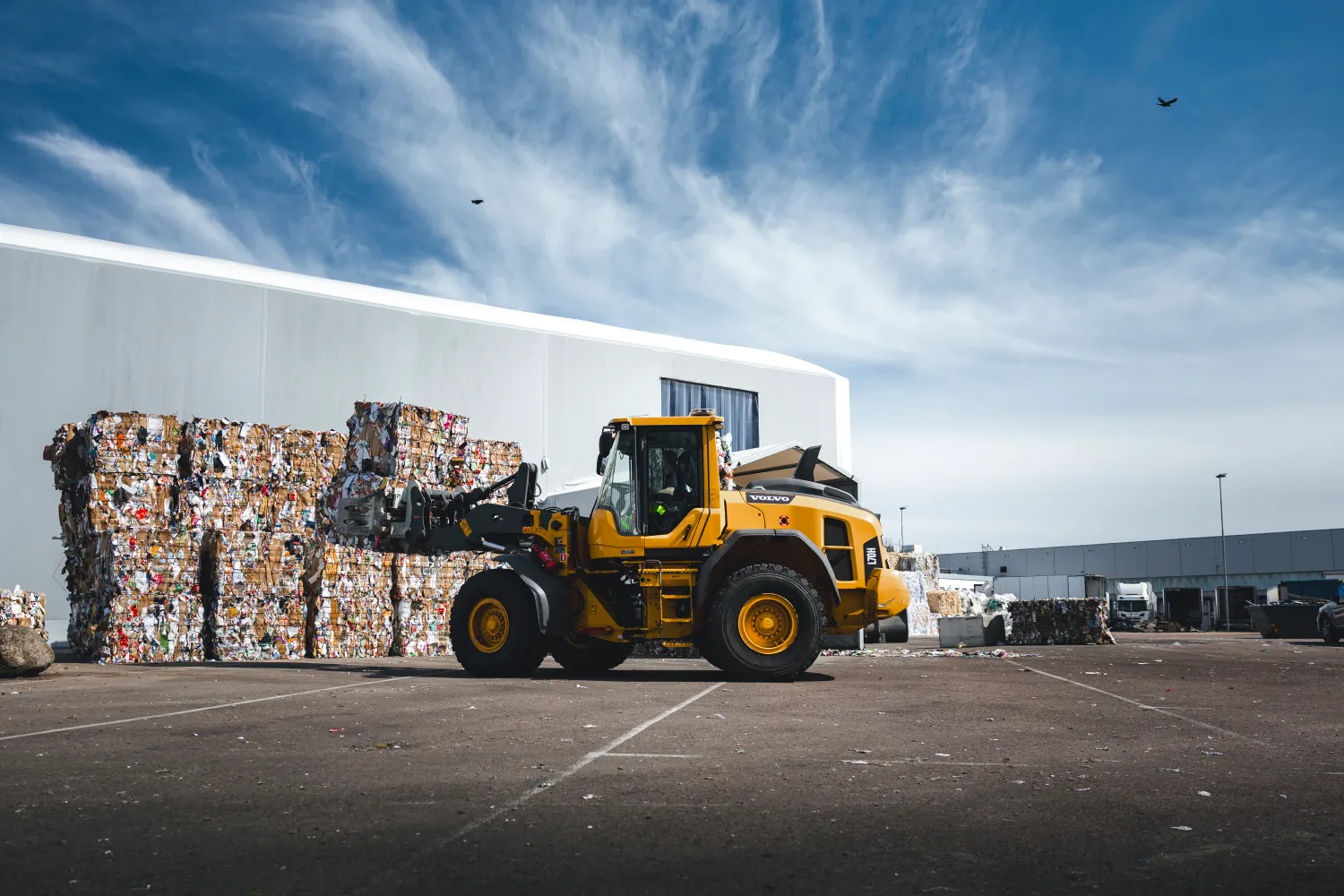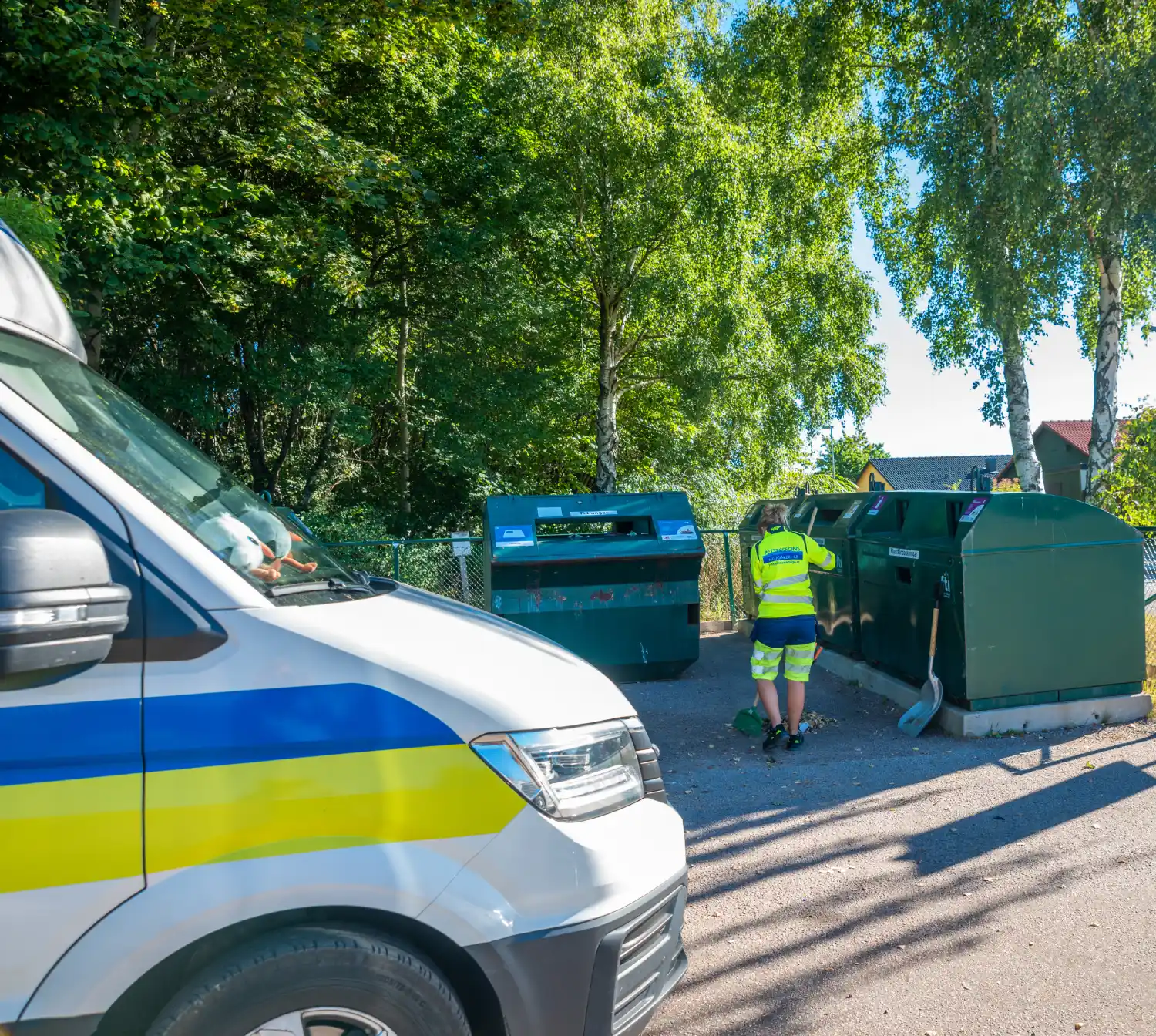Keeping Municipal Recycling Practices Sustainable and Robust
Recycling in a global filled up with varied appearance resources creates equally options and challenges. Today, people and corporations equally demand more sustainable techniques while governments progressively implement stricter rules for waste management. Nevertheless, the complexity of handling various packaging resources suggests approaching distinctive recycling demands for each type. This informative article has a closer consider the current styles, difficulties, and options in making effective Recycling (Återvinning) systems for varied presentation materials. The Complexity of Diverse Presentation Components Appearance materials have come a considerable ways from easy cardboard boxes. Nowadays, they contain materials, glass, steel, paperboard, and multi-layered composites, among others. Each type comes using its distinctive set of recycling requirements. As an example: Plastic: While plastic is light and durable, its different types (like PET, HDPE, LDPE, and PVC) usually require split series and running methods. Mismanagement can lead to contamination and inefficiencies in recycling streams.

Material: Metal and jar beers remain extremely recyclable, although not without correct organizing in order to avoid contamination with non-recyclable metallic items. Glass: Recycling glass requirements segregation by color and unique services in order to avoid risks like fragmentation or contamination with ceramics. Paperboard: Thick, sprayed paperboard presentation is recyclable oftentimes, but the large use of glues or laminates may prevent the process. Multi-layer Appearance: That category creates the absolute most substantial problem because it frequently mixes components impossible to split up, such as metal and plastic levels in snack packaging. With the global economy providing over 350 million a great deal of plastic annually, and packaging in charge of almost 40% of their utilization, approaching that complexity is crucial to achieving larger recycling rates. Obstacles in Tailoring Recycling Systems Among the greatest challenges in recycling applications is contamination, particularly when varied components are discarded together. For example, when food residue clings to recycled materials or damaged glass combinations with paper, the efficiency of recycling processes drops significantly. Too little standardized marking techniques also confuses consumers and results in incorrect waste sorting. Moreover, fragmented infrastructure plays a role in the issue. Some municipalities lack facilities to method complicated components like multi-layer presentation or certain parts, creating recycling unrealistic for these items. Towards a Rounded Economy with Tailored Solutions Creating an effective recycling process to deal with various packaging components requires advancement and collaboration. Governments, firms, and people need certainly to function in positioning: Government Initiatives: Implementing Lengthy Maker Obligation (EPR) policies may encourage producers to create presentation that is better to recycle.

Impressive Technologies: Substance recycling methods, like depolymerization for parts, can break up hard-to-recycle components for better healing rates. Customer Knowledge: Promoting clean recycling behaviors and obvious labeling can somewhat reduce contamination in recycling streams. Opportunities in modernizing waste management infrastructure will enjoy an essential position, alongside continuous study in to biodegradable and reusable presentation solutions. A Course Ahead The selection in packaging components may be a challenge, but it also presents a way to improve recycling programs and techniques. A mix of scientific advancements, regulatory procedures, and customer recognition may drive the change to a far more sustainable, rounded economy. Approaching the unique recycling needs of varied materials is no more an option but absolutely essential to fight resource depletion and protect the planet. By tackling these difficulties strategically, international communities can guarantee long-term environmental viability.